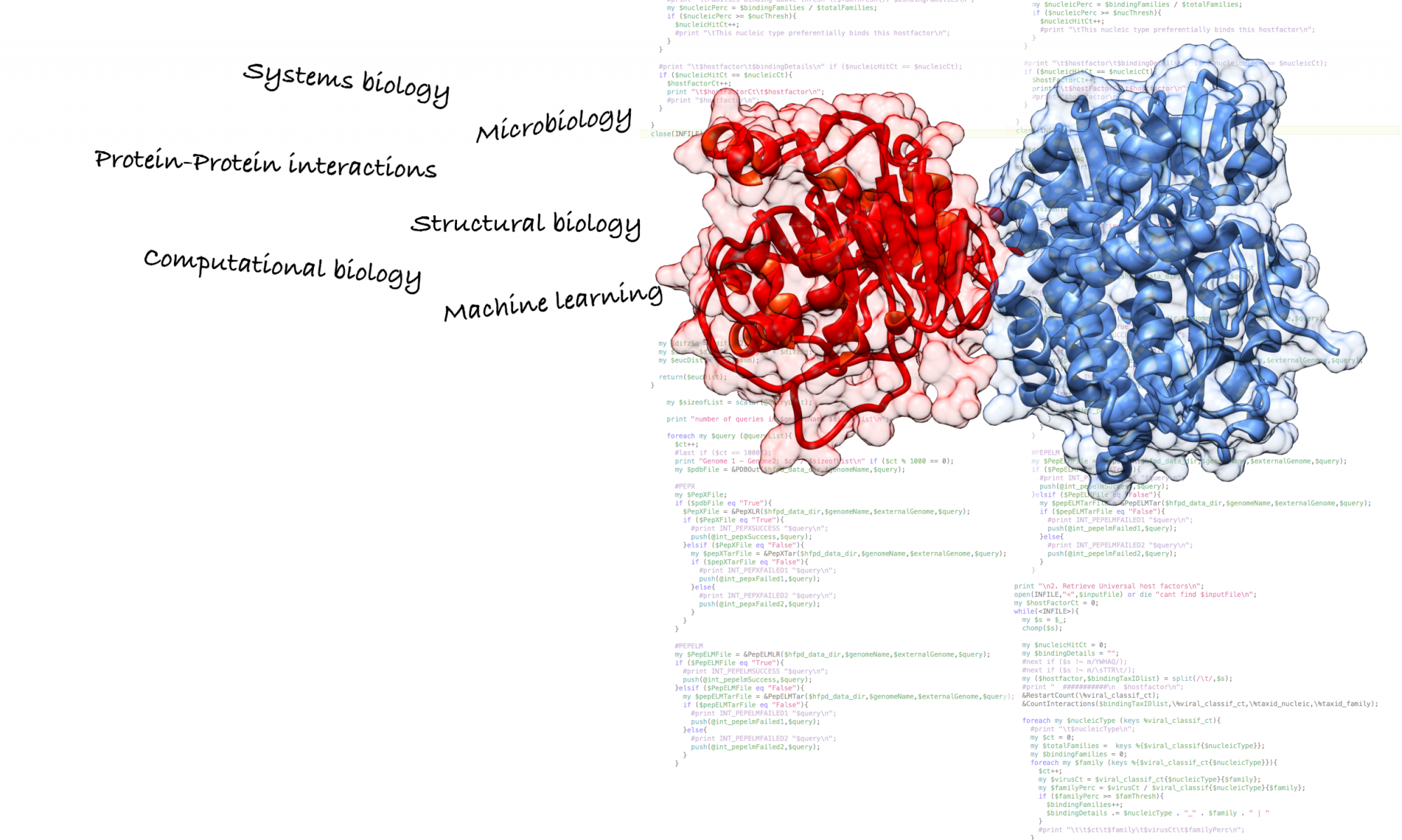One of the projects I was leading in my previous lab (at CICbioGUNE) was recently published in Structure. Pyruvate Carboxylase (PC) is a multifunctional tetrameric enzyme that is involved in several biosynthetic pathways. This enzyme has two catalytic domains and it is known that a domain, known as the BCCP domain, travels between both catalytic sites; thus linking the corresponding chemical reactions. The malfunctioning of this important enzyme is related to diseases that predominantly manifest with lactic acidemia and neurological dysfunction.
When I started working on this protein back in 2008 there were two crystallized structures of this enzyme, both with a similar quaternary structure yet with a fundamental difference that was not well understood: the different arrangement of a domain, key for the function of the protein, known as as PC tetramerization (PT) domain or allosteric domain. This domain showed a symmetrical arrangement in S. aureus while it showed an asymmetrical arrangement in R. etli. The lack of consensus on this functionally important domain led to the assumption that such difference was due to speciation. However, I found this difficult to believe considering that i) PC carries out exactly the same molecular function in both species; ii) how important the PT domain is for the function of this enzyme and; iii) how similar the overall quaternary arrangement of the tetramer is in both S. aureus and R. etli. On top of this, a recent work on a truncated PC from R. etli showed, unexpectedly, a symmetrical arrangement of the PT domains opening up the door for new answers to this unresolved question.
In this published work, we precisely tackled this question and showed that such conformational difference corresponds in fact to different conformational states of the enzyme rather to speciation. For this, we perfomed cryo-EM on working PC enzymes from S. aureus. Given the fact that each copy of PC would be in a different stage of this catalytic cycle, the challenge here was to sort out the single particle images into different conformational states. Luckily for us, existing computational methods are capable of separating conformations within conformational heterogeneous datasets. Our results showed that PC in S. aureus not only mapped to the known symmetrical conformation but also to the assymetrical conformation. Furthermore, we were able to assign each conformational state to a particular enzymatic reaction (PC carries out two enzymatic reactions, each taking place in a diferent catalytic site) and suggest the conformational transitions happening throughout the catalytic cycle.
Our work has brought together different structures and gives light into how this protein, and similar ones, carry out their function. Also, I think that this work is a good example of how important combining different techniques can be to achieve one goal. Here, we combined X-ray crystallography, cryo-EM and molecular dynamics into one integrative modeling pipeline in order to get a bigger picture of our biological question.
